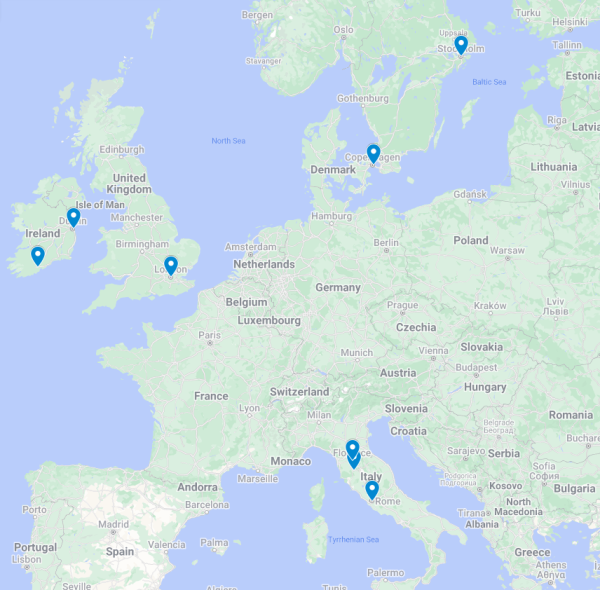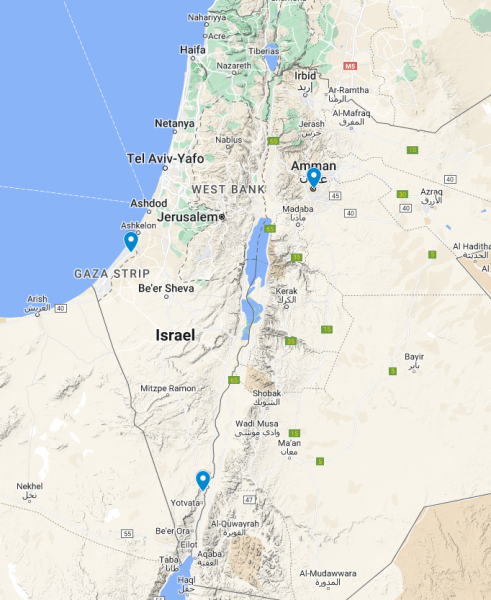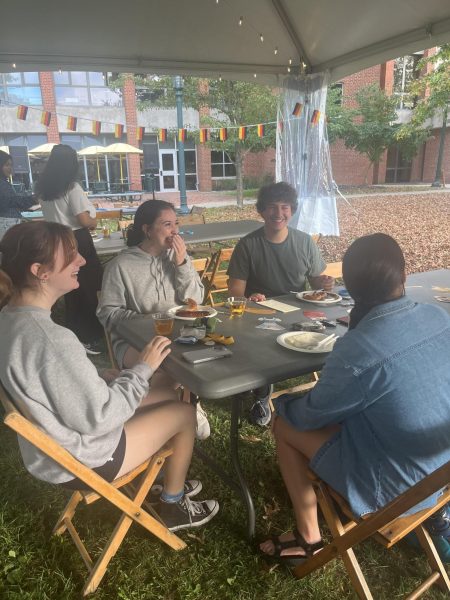Wave of global protests: why now?
Across the world, protests have erupted due to a variety of reasons, including many demonstrations intended to voice opposition to national policy or change in government.
In India, protests in response to a bill affecting farmers have been going on for six months, with the largest protests by numbers in human history, according to the Guardian.
In Myanmar, the United Nations reported that 18 people were killed by security forces during protests against a military coup and calling for the return to democracy, according to The New York Times.
In Spain, protests have been ongoing in response to the arrest and imprisonment of Pablo Hasel, an anti-establishment rapper who was charged with insulting the monarchy and glorifying terrorism, according to Deutsche Welle.
Protests and civil unrest movements are also happening, or have recently happened, in Russia, Belarus, Hong Kong, the Netherlands, the United States, Israel, Iran, Sudan, Brazil and others. The Carnegie Endowment for International Peace, which works to track global protests, reported an increase of protests around the world in 2020 compared to 2019. And 2019 was not a calm year for protests either, with many protests in 2020 being continuations of movements started the previous year.
“There has been an increase in protests, both here in the US and around the world,” said Shanna Kirschner, assistant professor and chair of the political science department and affiliated faculty in international studies.
According to Kirschner, there have been three trends driving protests: inequality, political discontent and climate change or environmental concerns.
“A lot of this, particularly on the inequality and political discontent fronts, have been exacerbated by (COVID-19),” Kirschner said. “People are experiencing tremendous hardship, not just in the medical sense, but that coming along with a lot of economic difficulties.”
Global economic growth has slowed during the pandemic. In 2020, the global gross domestic product, a measurement of economic output, contracted by 3.5% according to the International Monetary Fund.
Further, there are more people at risk of extreme poverty and more people at risk of being undernourished, according to a statement from several organizations including the World Health Organization.
“Food insecurity increases the risk of armed conflict, protests, riots and so insofar as COVID is magnifying a lot of economic hardship for folks, we would expect at this moment that we would see more protest,” Kirschner said.
In the first three months of 2021, there seems to be little sign of that trend slowing down.
In particular, protests and violence in response to discontent with the government have occurred in Russia, Myanmar, the United States and India.
In Russia, the anti-corruption activist and politician Alexie Navalny was arrested and imprisoned after returning to Russia from Germany. Navalny was in Germany due to medical evacuation after being poisoned while within Russia.
In Myanmar, a military coup deposed a democratically elected government on Feb. 1. Protests in opposition to military rule have since grown, and, according to the United Nations, 18 people were killed on Feb. 28 when police and security forces shot into crowds of protesters.
The United States also saw violence leading to deaths when the United States Capitol building was stormed by people wishing to overturn the results of the 2020 presidential election. That day, five people died, according to The Guardian
In India, farmers have been protesting proposed changes to policy that they feel would disadvantage them against larger corporations and risk their livelihoods. According to the Guardian, this has led to hundreds of thousands of farmers protesting throughout the country, with many driving their tractors to the outskirts of Delhi, where the capital — New Dehli — is located.
While these protests are happening simultaneously, Kirschner thinks that understanding common causes can be a more useful way for understanding simultaneous global protests rather than only looking at time frames.
“I think that it is more important to think about what are common causes,” Kirschner said, “because that gives you a sense of why that’s happening and how we might address it, than just it is happening at this moment, and it might be happening for completely different reasons.”
There is also a sense that, due to the interconnectedness of the modern world, people learn about protests from examples of it happening elsewhere.
“Folks are not unaware of what is happening in other countries,” Kirschner said. “They see models, they see examples, and they think about what is possible in their own lives.”
Kirschner explained that evidence has emerged suggesting that protests in Nigeria and Brazil in response to police killings were directly inspired by protests in the United States..
There are also several factors that have made it easier to protest.
“People being either out of work or working from home makes it easier to attend a protest, and the more widespread protests become, the easier it is to find a protest near you,” Kirschner said. “There’s a snowballing effect of some of these dynamics which is also making these protests bigger and bigger and bigger.”
Kirschner thinks that the world is currently in a wave of protests that are driven by inequality, political discontent and climate and environmental grievances.
“People were more likely to show up to protests unrelated to the pandemic if they had been experiencing economic hardship,” Kirschner said. “Because they are just mad, they want to go protest.”








